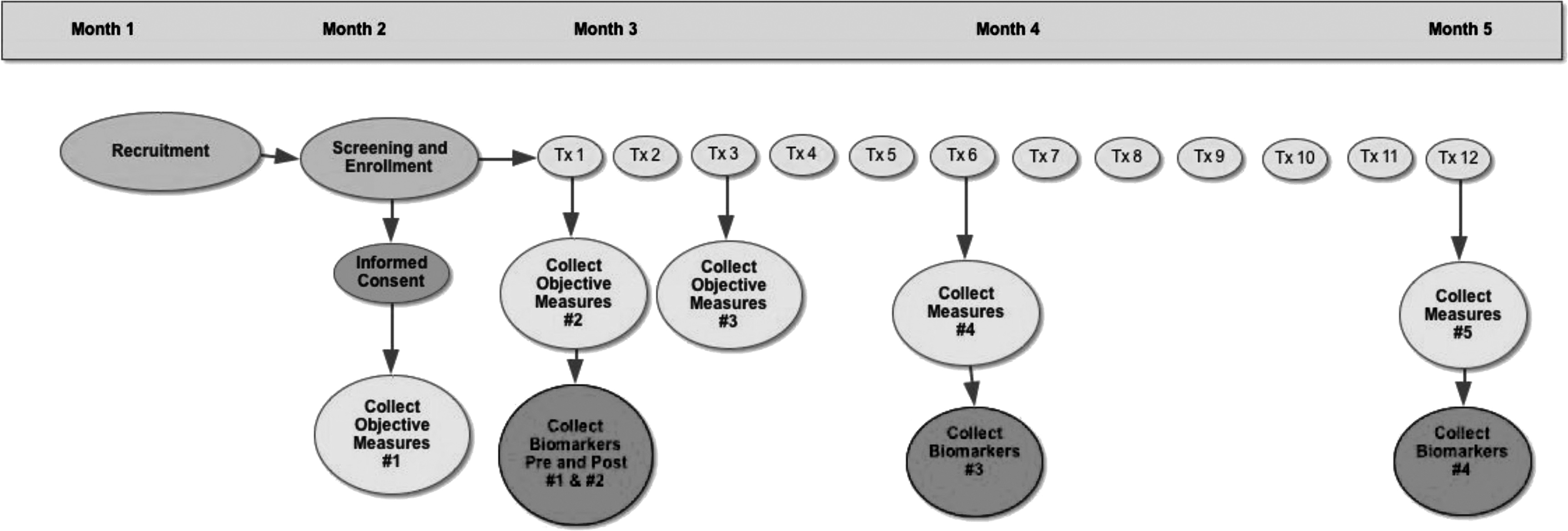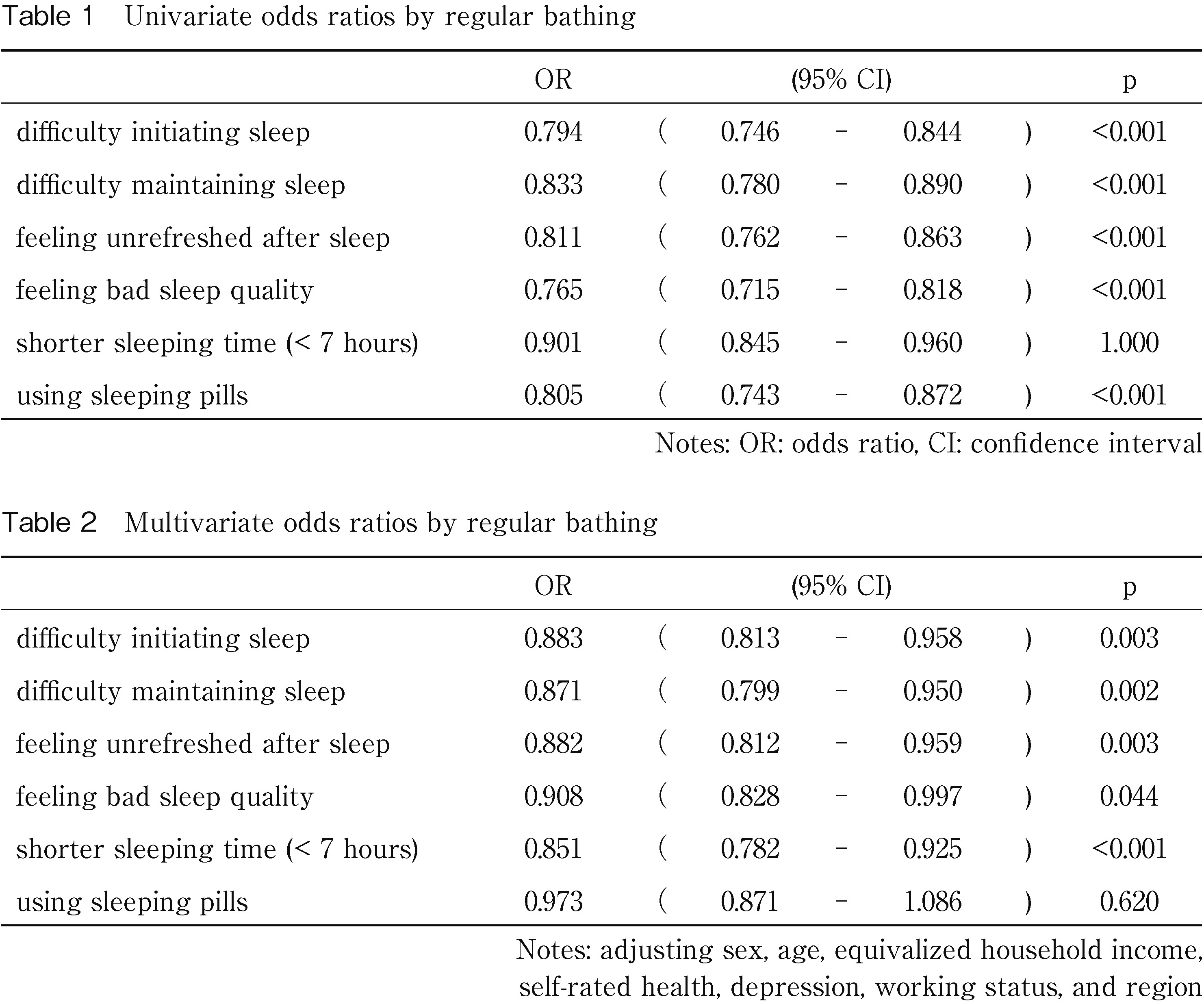77 巻, 5 号
選択された号の論文の123件中51~100を表示しています
Section4 [ Mud therapy1 ]
-
2014 年 77 巻 5 号 p. 451-452
発行日: 2014/08/29
公開日: 2015/01/15
PDF形式でダウンロード (79K) -
2014 年 77 巻 5 号 p. 453-454
発行日: 2014/08/29
公開日: 2015/01/15
PDF形式でダウンロード (45K) -
2014 年 77 巻 5 号 p. 455-456
発行日: 2014/08/29
公開日: 2015/01/15
PDF形式でダウンロード (48K) -
2014 年 77 巻 5 号 p. 457-458
発行日: 2014/08/29
公開日: 2015/01/15
PDF形式でダウンロード (47K)
Section5 [ Efficacy of radon ]
-
2014 年 77 巻 5 号 p. 459
発行日: 2014/08/29
公開日: 2015/01/15
PDF形式でダウンロード (34K) -
2014 年 77 巻 5 号 p. 460-461
発行日: 2014/08/29
公開日: 2015/01/15
PDF形式でダウンロード (44K) -
2014 年 77 巻 5 号 p. 462-463
発行日: 2014/08/29
公開日: 2015/01/15
PDF形式でダウンロード (39K) -
2014 年 77 巻 5 号 p. 464
発行日: 2014/08/29
公開日: 2015/01/15
PDF形式でダウンロード (39K)
Section6 [ Locomotor system and rheumatology1 ]
-
2014 年 77 巻 5 号 p. 465
発行日: 2014/08/29
公開日: 2015/01/15
PDF形式でダウンロード (28K) -
2014 年 77 巻 5 号 p. 466-467
発行日: 2014/08/29
公開日: 2015/01/15
PDF形式でダウンロード (162K) -
2014 年 77 巻 5 号 p. 468
発行日: 2014/08/29
公開日: 2015/01/15
PDF形式でダウンロード (29K) -
2014 年 77 巻 5 号 p. 469-470
発行日: 2014/08/29
公開日: 2015/01/15
PDF形式でダウンロード (68K) -
2014 年 77 巻 5 号 p. 471-472
発行日: 2014/08/29
公開日: 2015/01/15
PDF形式でダウンロード (44K)
Section7 [ Locomotor system and rheumatology2 ]
-
2014 年 77 巻 5 号 p. 473-474
発行日: 2014/08/29
公開日: 2015/01/15
PDF形式でダウンロード (45K) -
2014 年 77 巻 5 号 p. 475
発行日: 2014/08/29
公開日: 2015/01/15
PDF形式でダウンロード (36K) -
2014 年 77 巻 5 号 p. 476-477
発行日: 2014/08/29
公開日: 2015/01/15
PDF形式でダウンロード (41K) -
2014 年 77 巻 5 号 p. 478-479
発行日: 2014/08/29
公開日: 2015/01/15
PDF形式でダウンロード (45K) -
2014 年 77 巻 5 号 p. 480-481
発行日: 2014/08/29
公開日: 2015/01/15
PDF形式でダウンロード (41K) -
2014 年 77 巻 5 号 p. 482
発行日: 2014/08/29
公開日: 2015/01/15
PDF形式でダウンロード (36K)
Section8 [ Healthy aging and national finance1 ]
-
2014 年 77 巻 5 号 p. 483
発行日: 2014/08/29
公開日: 2015/01/15
PDF形式でダウンロード (36K) -
2014 年 77 巻 5 号 p. 484
発行日: 2014/08/29
公開日: 2015/01/15
PDF形式でダウンロード (35K) -
2014 年 77 巻 5 号 p. 485
発行日: 2014/08/29
公開日: 2015/01/15
PDF形式でダウンロード (35K) -
2014 年 77 巻 5 号 p. 486-487
発行日: 2014/08/29
公開日: 2015/01/15
PDF形式でダウンロード (40K)
Section9 [ Healthy aging and national finance2 ]
-
2014 年 77 巻 5 号 p. 488
発行日: 2014/08/29
公開日: 2015/01/15
PDF形式でダウンロード (32K) -
2014 年 77 巻 5 号 p. 489
発行日: 2014/08/29
公開日: 2015/01/15
PDF形式でダウンロード (33K) -
2014 年 77 巻 5 号 p. 490-491
発行日: 2014/08/29
公開日: 2015/01/15
PDF形式でダウンロード (42K) -
2014 年 77 巻 5 号 p. 492-494
発行日: 2014/08/29
公開日: 2015/01/15
PDF形式でダウンロード (51K)
Section10 [ Forest medicine ]
-
2014 年 77 巻 5 号 p. 495-497
発行日: 2014/08/29
公開日: 2015/01/15
PDF形式でダウンロード (66K) -
2014 年 77 巻 5 号 p. 498-499
発行日: 2014/08/29
公開日: 2015/01/15
PDF形式でダウンロード (111K) -
2014 年 77 巻 5 号 p. 500
発行日: 2014/08/29
公開日: 2015/01/15
PDF形式でダウンロード (36K) -
2014 年 77 巻 5 号 p. 501-502
発行日: 2014/08/29
公開日: 2015/01/15
PDF形式でダウンロード (45K)
Section11 [ Mud therapy2 ]
-
2014 年 77 巻 5 号 p. 503-504
発行日: 2014/08/29
公開日: 2015/01/15
PDF形式でダウンロード (40K) -
2014 年 77 巻 5 号 p. 505-506
発行日: 2014/08/29
公開日: 2015/01/15
PDF形式でダウンロード (47K) -
2014 年 77 巻 5 号 p. 507-508
発行日: 2014/08/29
公開日: 2015/01/15
PDF形式でダウンロード (43K) -
2014 年 77 巻 5 号 p. 509
発行日: 2014/08/29
公開日: 2015/01/15
PDF形式でダウンロード (125K) -
2014 年 77 巻 5 号 p. 510
発行日: 2014/08/29
公開日: 2015/01/15
PDF形式でダウンロード (36K)
Section12 [ Bathing and QOL1 ]
-
2014 年 77 巻 5 号 p. 511-512
発行日: 2014/08/29
公開日: 2015/01/15
PDF形式でダウンロード (47K) -
2014 年 77 巻 5 号 p. 513
発行日: 2014/08/29
公開日: 2015/01/15
PDF形式でダウンロード (39K) -
2014 年 77 巻 5 号 p. 514
発行日: 2014/08/29
公開日: 2015/01/15
PDF形式でダウンロード (39K) -
2014 年 77 巻 5 号 p. 515-516
発行日: 2014/08/29
公開日: 2015/01/15
PDF形式でダウンロード (43K)
Section13 [ Bathing and QOL2 ]
-
2014 年 77 巻 5 号 p. 517
発行日: 2014/08/29
公開日: 2015/01/15
PDF形式でダウンロード (36K) -
2014 年 77 巻 5 号 p. 518-519
発行日: 2014/08/29
公開日: 2015/01/15
PDF形式でダウンロード (39K) -
2014 年 77 巻 5 号 p. 520-521
発行日: 2014/08/29
公開日: 2015/01/15
PDF形式でダウンロード (110K) -
2014 年 77 巻 5 号 p. 522-523
発行日: 2014/08/29
公開日: 2015/01/15
PDF形式でダウンロード (72K) -
2014 年 77 巻 5 号 p. 524
発行日: 2014/08/29
公開日: 2015/01/15
PDF形式でダウンロード (28K)
Section14 [ Climatotherapy and thalassotherapy1 ]
-
2014 年 77 巻 5 号 p. 525
発行日: 2014/08/29
公開日: 2015/01/15
PDF形式でダウンロード (34K) -
2014 年 77 巻 5 号 p. 526
発行日: 2014/08/29
公開日: 2015/01/15
PDF形式でダウンロード (35K) -
2014 年 77 巻 5 号 p. 527-528
発行日: 2014/08/29
公開日: 2015/01/15
PDF形式でダウンロード (42K)
Section15 [ Climatotherapy and thalassotherapy2 ]
-
2014 年 77 巻 5 号 p. 529
発行日: 2014/08/29
公開日: 2015/01/15
PDF形式でダウンロード (38K) -
2014 年 77 巻 5 号 p. 530
発行日: 2014/08/29
公開日: 2015/01/15
PDF形式でダウンロード (35K)








